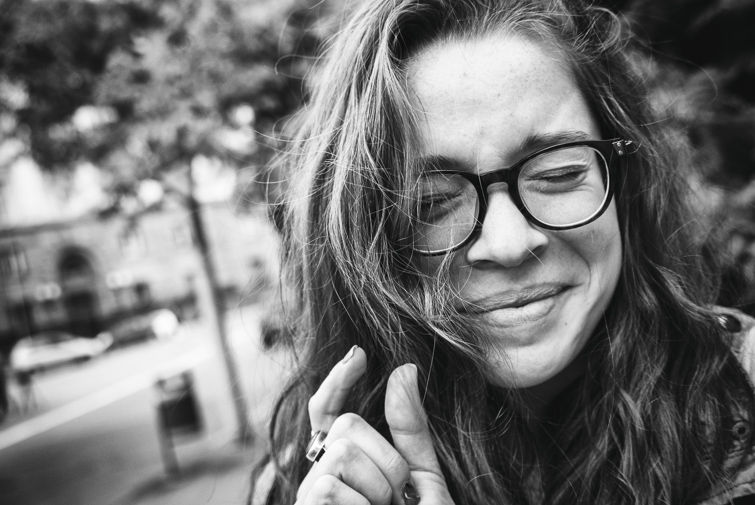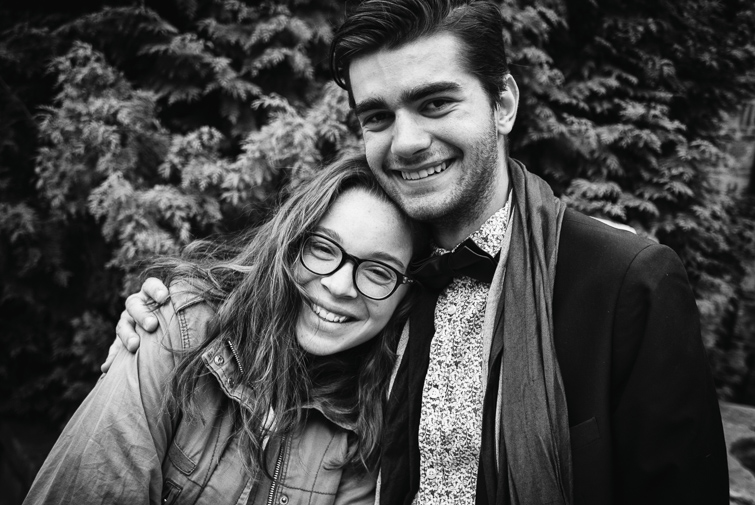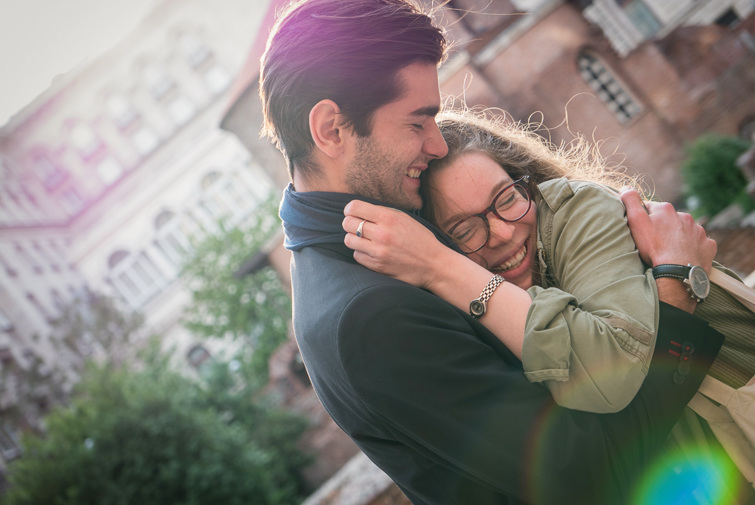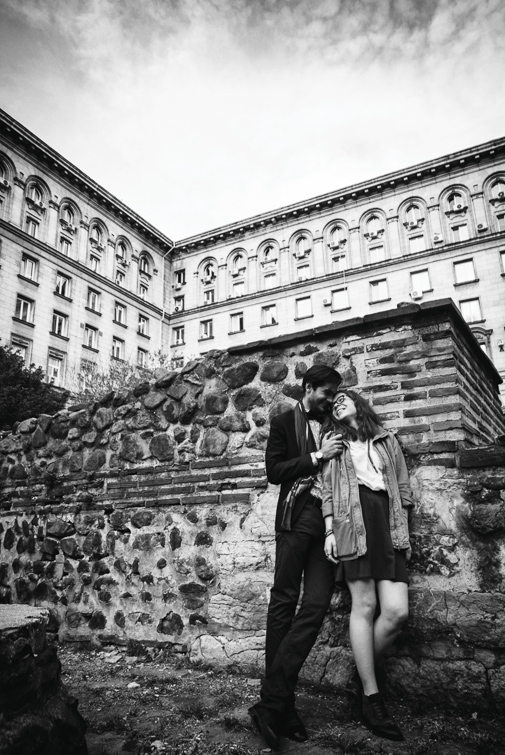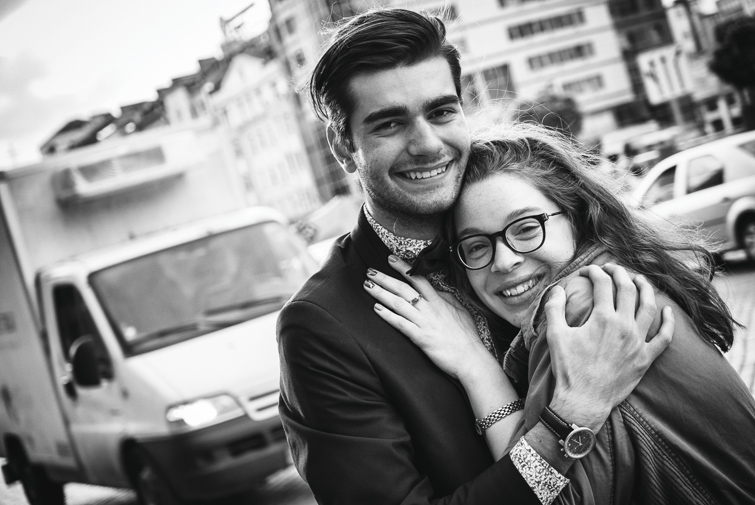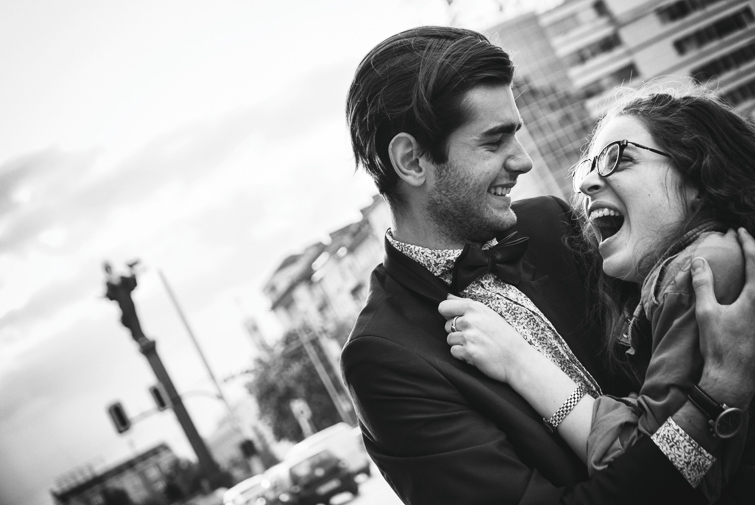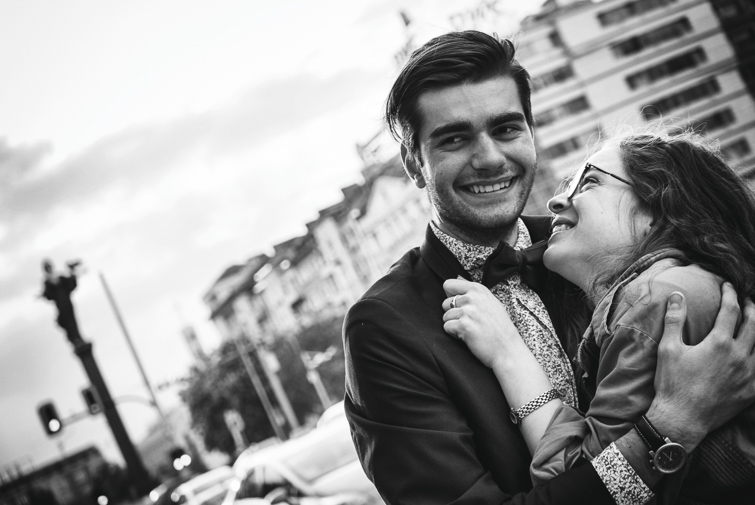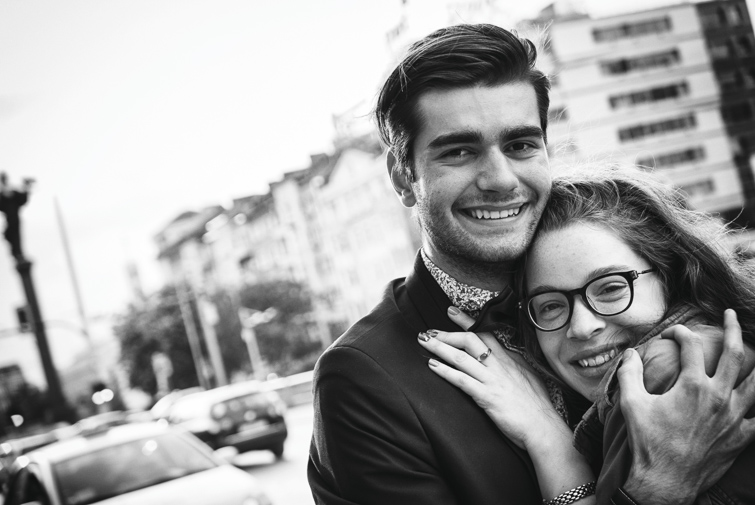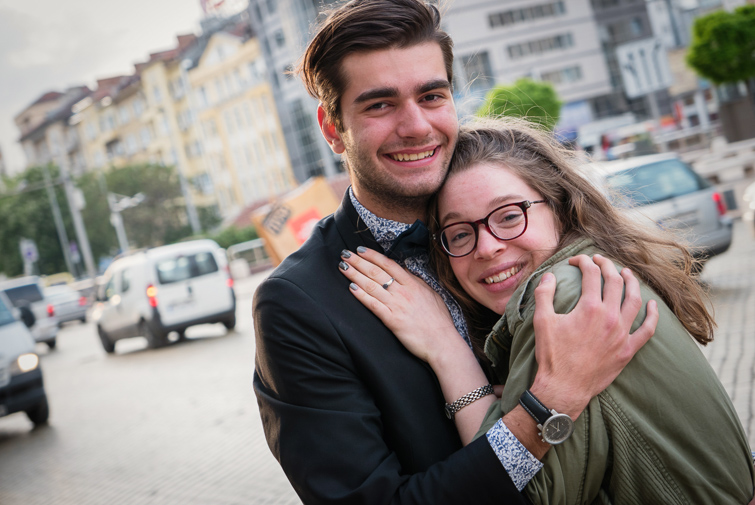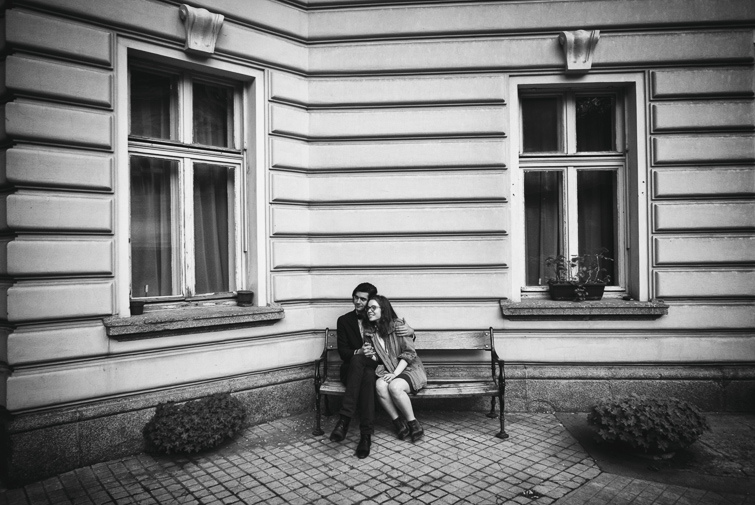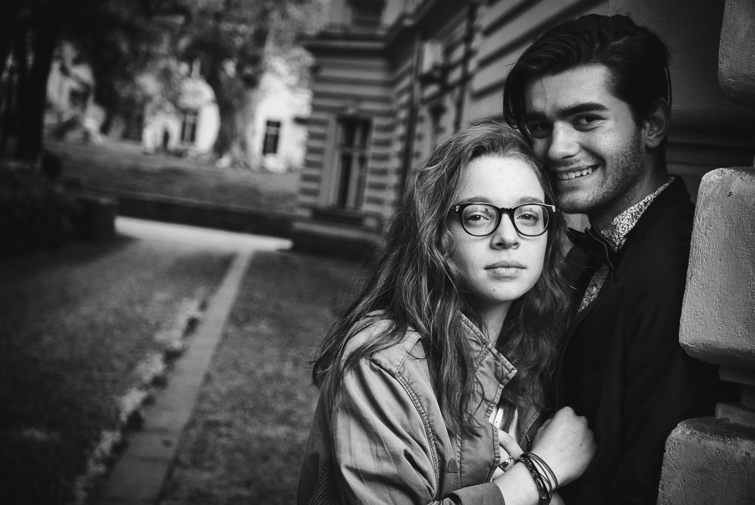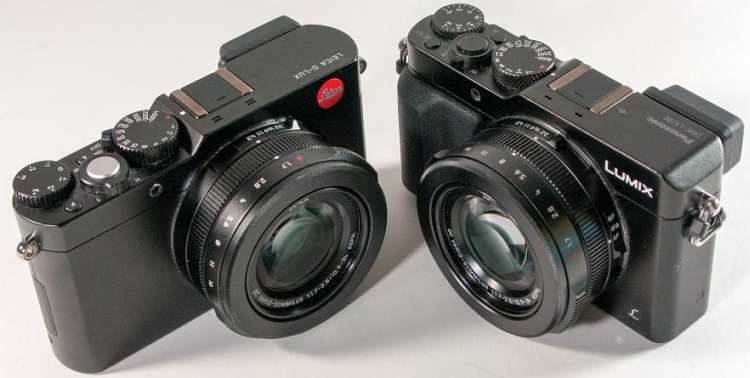
Often I get e-mails and messages with the same trivial question: “What camera should I get in order to make beautiful photos”. Well, the answer is also trivial: “ The camera is nothing but a tool, the photos depend mostly of you”. Especially on weddings, there are occasions in which some bridesmaid tells me that the pictures might not be good, because I am standing in front of the sun. After I show her the result, the reaction is “Well, that’s because the camera is good”. Then I tell them “So your saucepan also cooks delicious meals”. That way the ice is broken and the conversation goes to the desired direction.
Of course the choice of camera depends very much on the type of photography it is going to be used for. There are slower models, with high resolution and dynamics that are perfect for landscape photography, others are fast and can shoot in high sensitivity - the best choice for reportage and pictures in poor light conditions and third ones are versatile and can do the job for everything.
Many people disagree with compact cameras with built-in optics and feel that it can not be a serious choice, especially for dynamic people photography, portrait photography, etc. as there is no way to place a portrait lens with an aperture 1.4 and expect it to blur the backdrop as much as possible. I like the quality portrait lenses, but I do not think that if you don‘t have a 85 / 1.4 or 135 / 1.8, you can not make a nice portrait. Sometimes it is important to eliminate the background if it interferes and is distracting, but sometimes it contributes to the general construction of the story. And often the self-portrait without story telling, albeit a perfect technical one, is boring. Defocus is a defocus and may look the same at the Poduene station in Sofia or at Montparnasse station in Paris, and this will not be your goal if you are shooting in the second place :) Actually, lately the game with the strong defocus has become fashionable and overexposed. This has led to its weariness as a means of stronger suggestion. The same thing I can say about the hundreds of postures set during a session. Unfortunately, they are not countless and start to repeat, especially if they are in the same locations. The only thing that remains unique is the true human emotions that are so different and individual to everyone. Their capture in pictures of people, portraits or simply as fun between friends remains a real memory of time, place and spirit. A memory that touches the heart and brings tears to the eyes in years.
To capture such emotions, you often have to be the first-person narrator, and that means being close to people, communicating with them, joking and predisposing them. Something hard to achieve with a large and heavy camera + a long portrait lens. In such situations, a small and unpretentious pocket camera would do a better job. I would not bet on a soapbox or smartphone in this case, because of the overly flat vision and the slow delay in shooting, and I would choose something faster with a slightly larger sensor with the option of manual adjustments and direct controls. These are modern mirrorless cameras with removable optics, as well as some with built-in optics. Here, too, there are peculiarities and compromises. Choosing a mirrorless full frame camera with 24-70 / 2.8 lens, you can get great quality, but it's not a pocket-sized device, as the zoom with this large sensor is also very big and heavy. The better choice for a lens in this case is a smaller prime, but if you need to shoot frames with a wider viewing angle, you will need to carry one more wide angle in order to change them. The smaller the sensor becomes, the more compact the lenses, but the image becomes flatter and the sensitivity at low light decreases. An interesting option is a FF camera and a built-in fast, light-weight lens - Leica Q or Sony RX1, for example. The Leica Q has an extremely sharp 28mm lens with a F1.7 and 24mp. You will immediately say that the 28mm is too wide and will not do the full job. It is, but only at first glance. The 24 megapixels are very important when shooting a landscape in 28mm and we want to recreate the many fine details in the picture. At the same time, they are not so important in portrait photography. When I think about it, no one is happy to see all skin defects, so 5-6mp in my opinion would be perfect for a portrait. We can safely use the crop mode set in the software or make it later. The 28mm lens and 24mp "Leica Q sensor give us the ability to make segments corresponding to the viewing angle / resolution: 35mm and 15mp, 42mm and 10.5mp, 50mm and 8mp or why not 60mm and 5mp. It should be remembered that the DOP with a viewing angle corresponding to 56mm in this case (28mm, F1.7x2) will be the same as a true 56mm lens and F3.4. The same applies to the Sony RX1mk2, which is available at 42mp, so It can withstand lots of crops. Unfortunately, its lens has a focal length of 35mm and we can not reduce it to a wider angle unless we use a downward converter plugin. Both cameras are quite expensive, between 3500 and 4,000 EUR.
The FujiFilm X100F is a bit cheaper and more powerful. It has an APS-C senzor with 24mp, fixed 23mm / 2 lens (35mm equivalent), great colors and low noise at a price of about 1300EUR. If you are not ready to spend a similar amount, the m4 / 3 models of Olympus and Panasonic or those with Sony and Fuji APS-C come to save the day. But they also need additional optics that make them more expensive.
Interesting model with m4 / 3 senzor and integrated optics is Panasonic LX100 (550EUR) and its twin Leica D-LUX type 109 (1000EUR). The two cameras are absolutely identical, have a m4 / 3 CMOS with 12mp and a great Leica lens with a focal length of 24-75 / 1.7-2.8 (Equiv). The higher price of Leica D-Lux comes from the name. You pay for prestige. Something like the identical SUV models of Volkswagen and Porsche :)
Such a Panasonic I enjoy using as a pocket camera that can always be with me and at the same time I can count on a fast, accurate AF combined with a great sharp Leica lens and 4K video. Lately I shot a session of two youngsters and some of the pictures I made with this camera. The other part is with a DSLR and a portrait lens. I do not know why, but now looking at the pictures of the session, a lot of those with the small camera, I seem to like more ... Probably because of the casual contact. That's why I share them with you. For those who will be interested in print quality, I have provided the files in full size. Just click on the photo.
So, I present to you Bozhidar and Stefi:
We're a bit shy ... Panasonic LX100, 58mm equiv, F2.8
How much are we worried? „Just a little” ... Panasonic LX100, 47mm equiv, F2.6
And if I say „Toungs out” :) Noooo, I can not do that ... Panasonic LX100, 40mm equiv, F2.5
Well, we already broke the ice ... Panasonic LX100, 40mm equiv, F2.5
Lets try a countrajour? Panasonic LX100, 75mm equiv, F2.8
Enough of the close-ups, let's do something from far away: Panasonic LX100, 24mm equiv, F1.7. Here I had to close to around 2.8-4 :
And now an emotional series on the street. I made about fifteen quick frames and they all have a perfect focus, no shuffling, only moving the focus zone with the controller. Here are some: Panasonic LX100, 75mm equiv, F2.8
Location change: Panasonic LX100, 24mm equiv, F1.7
Panasonic LX100, 24mm equiv, F1.7
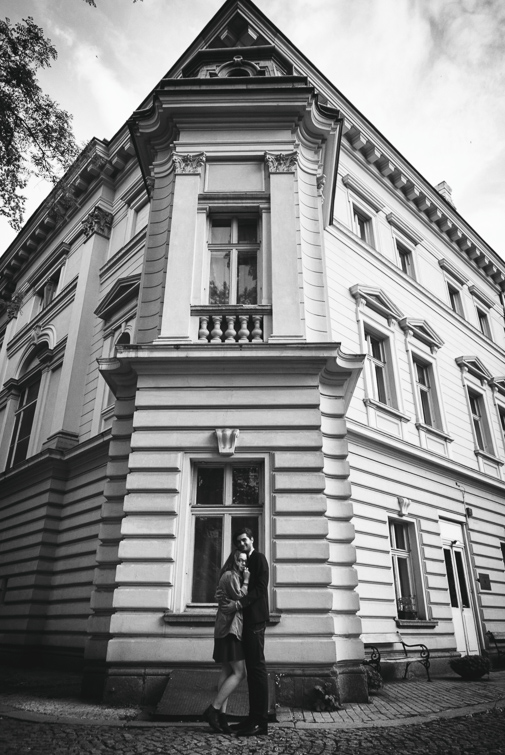
And now I will show three frames - the first two with the compact camera, the third with a full frame and a 135mm portrait lens
FF with 135mm
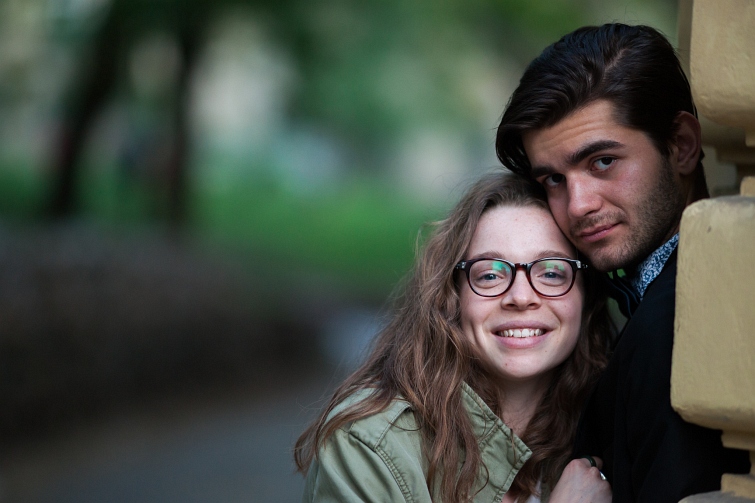
The FulFrame 135mm is great, but sometimes I think of that example with Poduene and Montparnasse stations ...
Here you can view selected photos of the session with both handsets - compact and FF:
Http://bonibonev.com/bojidarstefi
To conclude, I will quote a favourite English photographer, Annabel Williams:
"Photographing People is 90% Psychology and 10% Technique"

